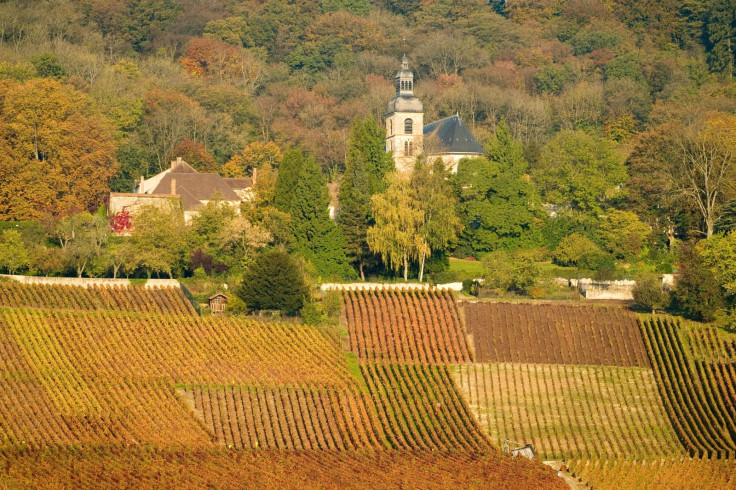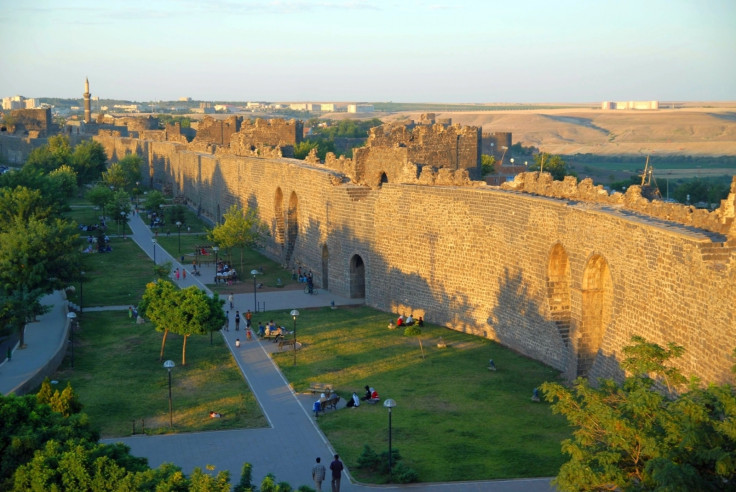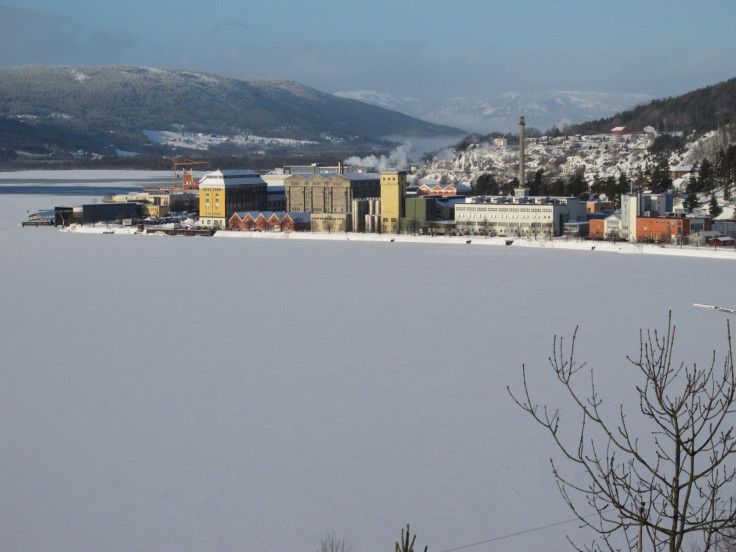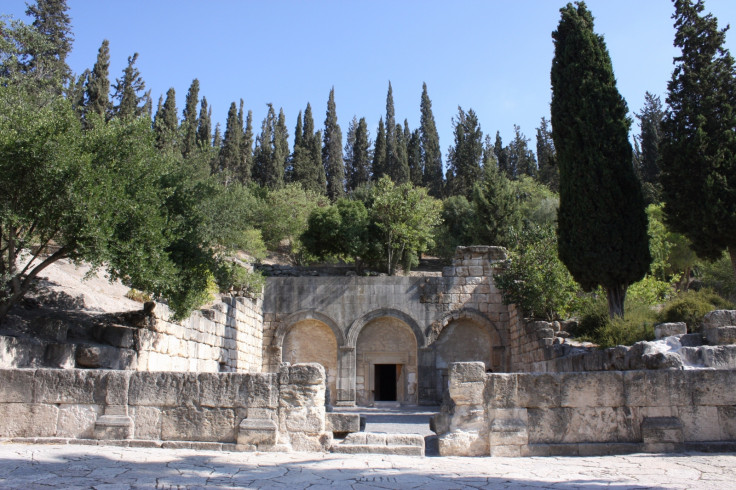Jesus baptism site and France champagne hillsides get Unesco heritage tag

The Jordanian site where Jesus was baptised is among many new places added to Unesco's heritage list.
"Bethany Beyond the Jordan" (Al-Maghtas), situated on the eastern bank of the River Jordan and 9kms north of the Dead Sea, encompasses Elijah's Hill and the area that houses remains of churches of Saint John who baptised Jesus of Nazareth.
The site features Roman and Byzantine remains including churches and chapels, a monastery, caves that have been used by hermits and pools in which baptisms were celebrated.
In the religious circuit was also a network of four Christian pilgrimage routes in northern Spain, the Camino Frances site which is an extension of the Route of Santiago de Compostela, a serial site inscribed on the World Heritage List in 1993.

The UN cultural body also decided to inscribe the Champagne Hillsides, houses and cellars of France as also The Climats, terroirs of Burgundy.
Unesco recognized The Climats for an outstanding example of grape cultivation and wine production developed since the High Middle Ages. The Champagne Hillsides, Houses and Cellars (France) were acknowledged for early artisan activity that turned supply, production and distribution of sparkling wines into an active agro industry.
This inscription is expected to provide special protection to the wine production area.

Scotland's Forth Bridge, the world's longest multi-span cantilever bridge, was added to the list for representing a milestone in bridge design and construction. It joins 28 other heritage sites in the UK including Westminster Palace and Abbey, Kew Gardens and Stonehenge.
In Europe, the Rjukan-Notodden Industrial Heritage Site in Norway was added for its exceptional combination of industrial assets and natural landscape themes, while Speicherstadt and Kontorhaus District with Chilehaus in Germany was inscribed for exemplifying the effects of the rapid growth in international trade in the late 19th and early 20th centuries.
The Arab-Norman Palermo and the Cathedral Churches of Cefalú and Monreale in Italy for social-cultural syncretism between Western, Islamic and Byzantine cultures and Turkey's Diyarbakir Fortress and Hevsel Gardens Cultural Landscape were also added to the list.

Japan's Meiji Industrial Revolution sites, Ephesus in Turkey, the Aqueduct of Padre Tembleque Hydraulic System in Mexico, and the Fray Bentos Cultural-Industrial Landscape in Uruguay are the latest to be added to the list.
Japan bows to Korea demand
Japan had to concede South Korea's demand and acknowledge Koreans were brought against their will and forced to work under severe conditions at some of the Japanese industrial sites.
South Korea's backing for Japan is expected to boost momentum for a thaw in relations between the two neighbours.

Christiansfeld, a Moravian Church Settlement for humanistic town planning and the Baroque landscaping of The Par Force Hunting Landscape in North Zealand were two Danish sites inscribed.
Rock Art in the Hail Region of Saudi Arabia with representations of human and animal figures covering 10,000 years of history and the Necropolis of Beth She'arim — a landmark of Jewish Revival in Israel bearing unique testimony to ancient Judaism were among the sites from the Middle East that were added.
The Blue and John Crow Mountains in Jamaica with their cultural and natural aspects became the first entry from Jamaica. The UN body approved the extension of two natural sites inscribed on the World Heritage List: Cape Floral Region Protected Areas in South Africa and Ke Bang National Park in Vietnam.
In all, over 20 new sites were added to the 1,022 Unesco heritage sites last week.
Endangered
Two sites in embattled Yemen were moved to the List of World Heritage in Danger: the Old City of Sana'a and the Old Walled City of Shibam.
Sana'a has been inhabited for more than 2,500 years. Its religious and political heritage can be seen in 103 mosques, 14 hammams and over 6,000 houses, all built before the 11th century.
The Old Walled City of Shibam was seen as being under potential threat from the armed conflict.

© Copyright IBTimes 2025. All rights reserved.




















